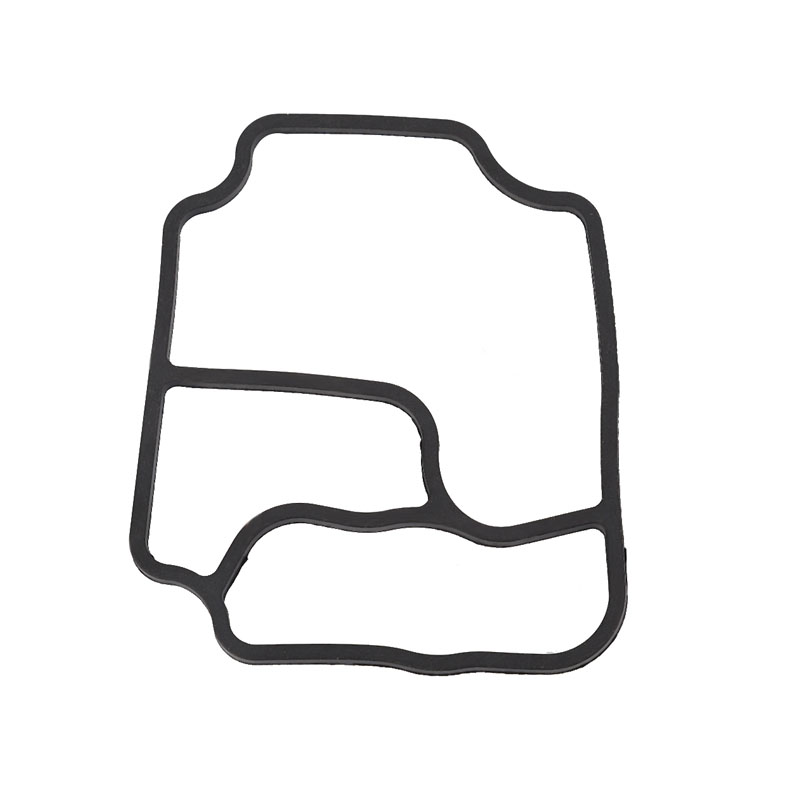Replacement and Maintenance of Crankshaft Pulley Seals for Engine Performance Improvement
Understanding Crank Pulley Seal Importance, Function, and Maintenance
The crank pulley seal, often referred to as the crankshaft seal, plays a crucial role in the overall functionality and efficiency of an engine. This small yet vital component ensures that the engine operates smoothly by preventing leaks and maintaining the necessary lubrication. Understanding its importance, function, and maintenance can help vehicle owners appreciate its role and undertake necessary preventive measures.
What Is the Crank Pulley Seal?
The crank pulley seal is located at the front of the engine, where the crankshaft exits the engine block. This seal is typically composed of rubber, elastomer, or other durable materials designed to withstand high temperatures and pressures. Its primary function is to seal the area where the crankshaft connects with the engine components, such as the timing belt or chain and the crank pulley.
Importance of the Crank Pulley Seal
1. Prevention of Oil Leaks One of the primary functions of the crank pulley seal is to prevent engine oil from leaking out of the crankshaft. Oil leaks can lead to low oil levels, which can ultimately cause serious engine damage if not addressed promptly.
2. Maintaining Pressure The seal helps maintain oil pressure within the engine, ensuring that all components receive the necessary lubrication for optimal performance. Insufficient lubrication can lead to increased friction, overheating, and premature wear of engine parts.
3. Minimizing Contamination Another critical function of the crank pulley seal is to keep contaminants out of the engine. Dirt, dust, and debris can enter through faulty seals, potentially leading to lubrication issues or engine failure.
4. Supporting Overall Engine Efficiency A properly functioning crank pulley seal contributes to the overall efficiency of the engine. By ensuring that oil stays where it belongs and not leaking out, the engine can operate more effectively, leading to better fuel economy and reduced emissions.
Common Issues with Crank Pulley Seals
crank pulley seal

Like any mechanical component, crank pulley seals can wear out over time. Common issues include
- Wear and Tear Due to constant exposure to heat and friction, the material of the seal can degrade, leading to cracking or hardening. - Improper Installation If the seal is not installed correctly, it can lead to misalignment, which may increase the risk of leaks.
- Contamination If contaminants make their way into the engine or if the seal is damaged, it can lead to a failure of the seal itself.
- Increased Engine Vibration A failing crankshaft seal can cause excessive engine vibrations, potentially displacing the seal or causing further damage to surrounding components.
Maintenance and Replacement
Preventive maintenance is crucial for ensuring the longevity and functionality of the crank pulley seal. Routine engine checks, including monitoring for oil leaks under the vehicle and checking oil levels, can help identify potential issues before they escalate. Additionally, during regular oil changes, mechanics often inspect seals for signs of wear.
When it comes to replacement, if a leak is detected, it is essential to address the issue promptly. Ignoring a malfunctioning crank pulley seal can lead to more severe problems, including engine overheating or failure. Replacement typically involves removing the crank pulley, cleaning the sealing surface, and installing a new seal. It’s important to ensure that the new seal is fitted correctly to avoid future problems.
Conclusion
The crank pulley seal may be a small component, but its impact on engine performance and longevity is significant. Understanding its function and the importance of regular maintenance can help vehicle owners take better care of their engines and avoid potentially costly repairs. Whether it's through regular inspections or promptly addressing any signs of wear, making an effort to care for the crank pulley seal can lead to a more efficient and functional engine, ensuring a safer and smoother driving experience.
-
Understanding the Front Main Engine Seal: Purpose, Maintenance, and Installation
News Jul.29,2025
-
Understanding O-Rings and Seal Rings: Types, Applications, and Custom Solutions
News Jul.29,2025
-
Understanding Crankshaft Oil Seals: Rear Seals, Pulley Seals, and Their Role in Engine Integrity
News Jul.29,2025
-
The Importance of Front and Rear Crankshaft Seals in Engine Performance and Oil Management
News Jul.29,2025
-
Crank Oil Seals: Functions, Types, and Cost Considerations in Engine Maintenance
News Jul.29,2025
-
A Comprehensive Guide to O-Rings and Seals: Types, Materials, and Global Applications
News Jul.29,2025
-
Mastering Diesel and Performance Engine Maintenance: A Guide to Critical Oil Gaskets
News Jul.28,2025
Products categories















